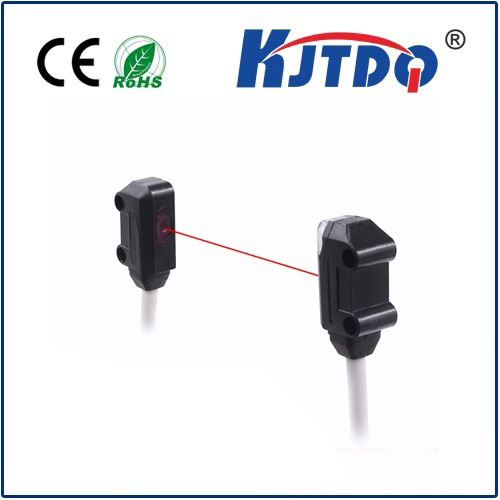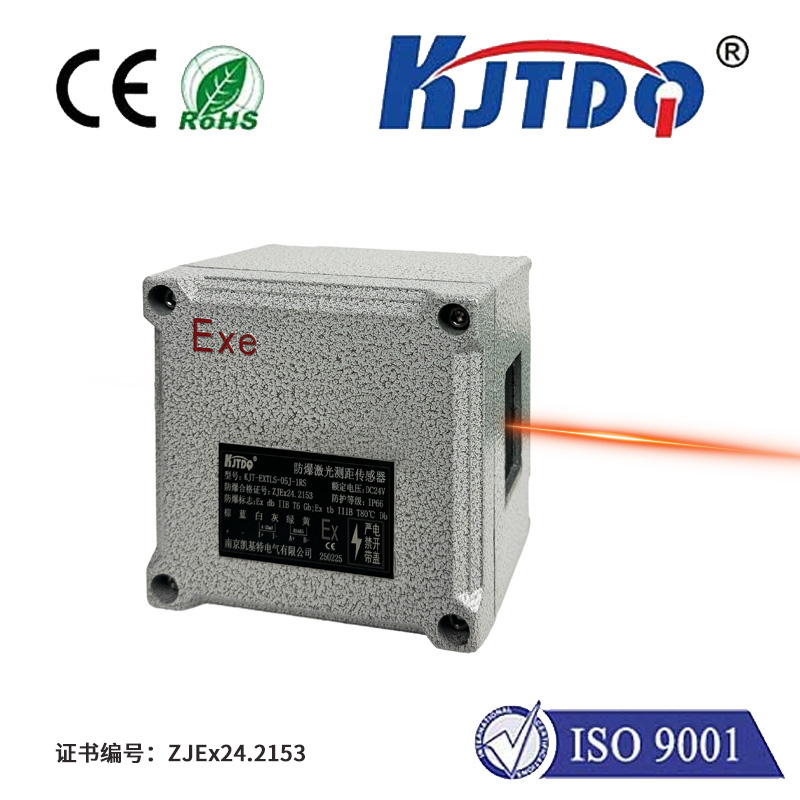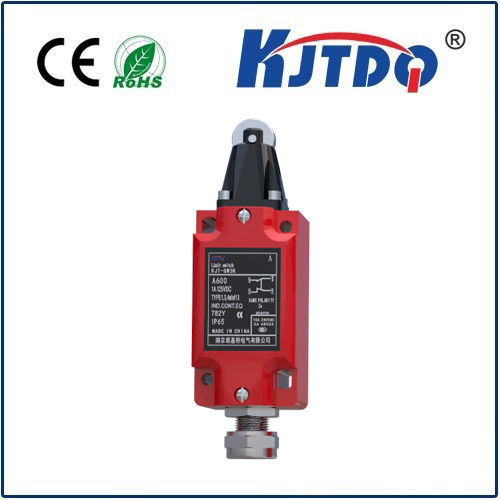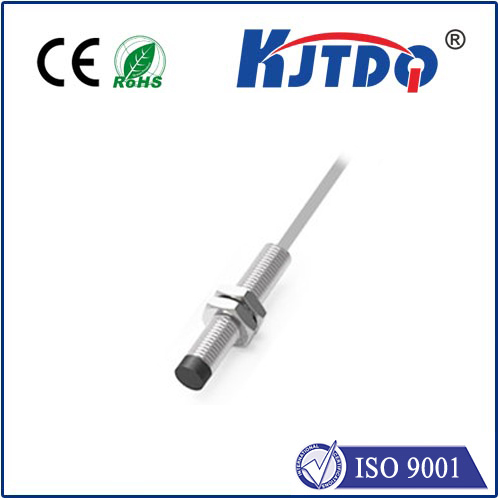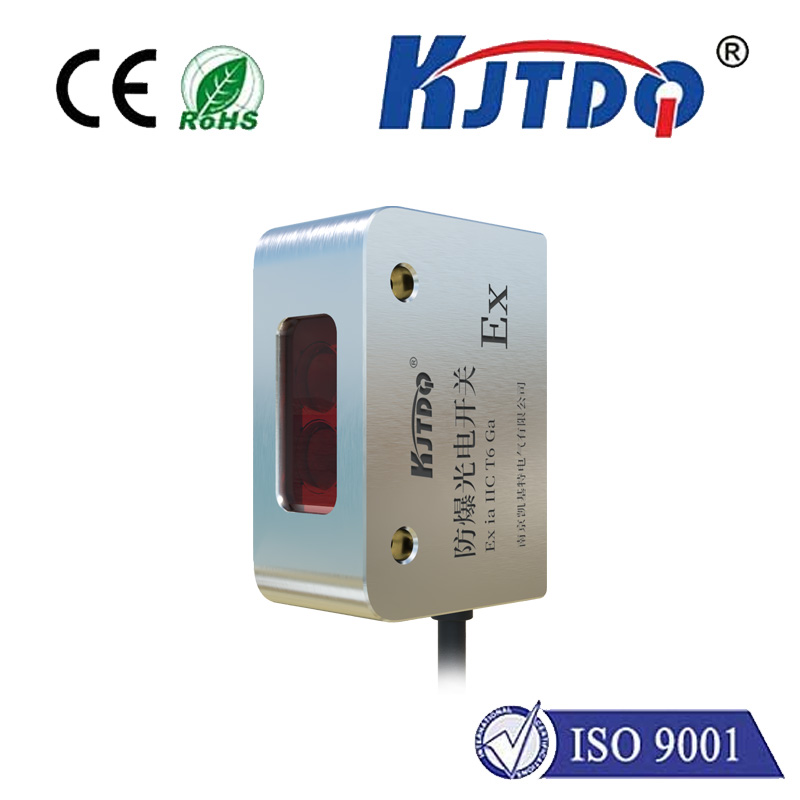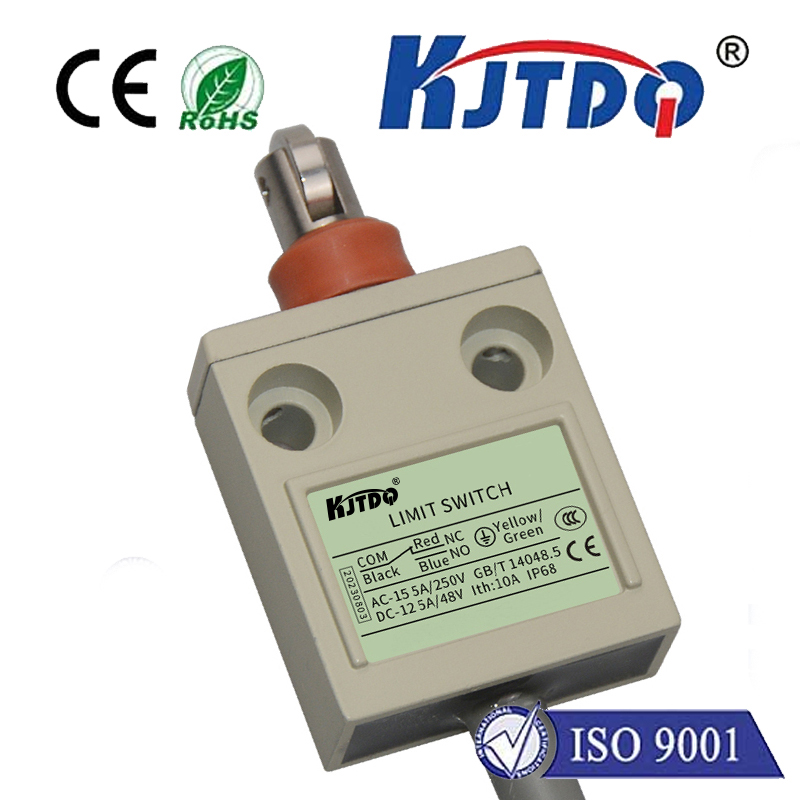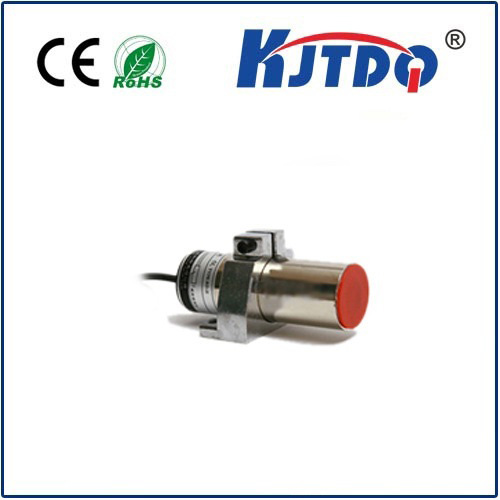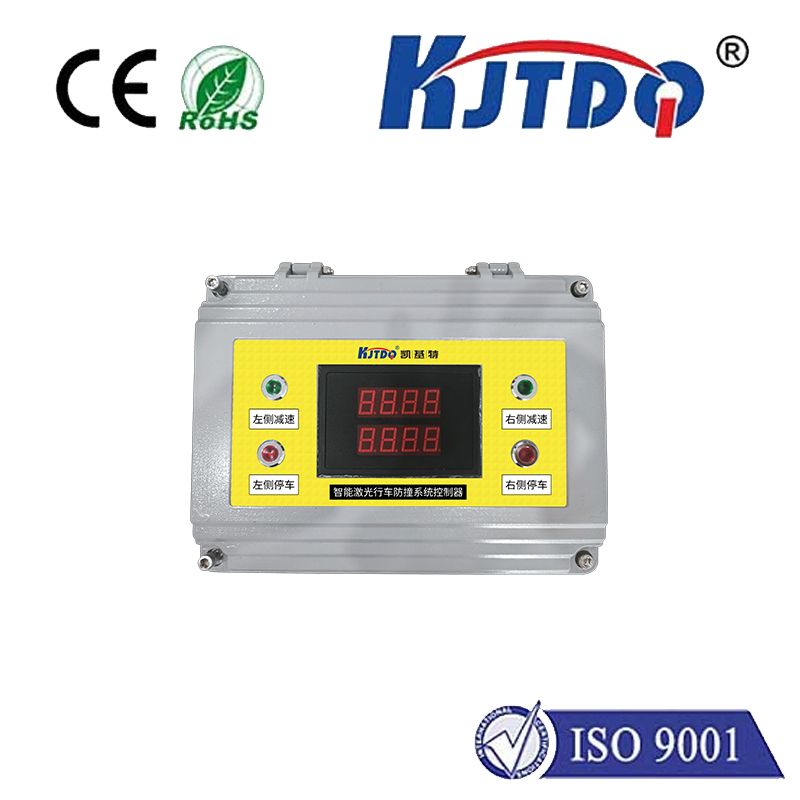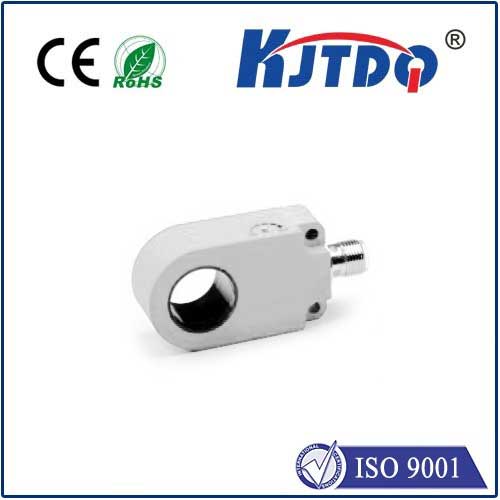

check

check

check

check
In today's rapidly evolving technological landscape, sensor proximity switches play an increasingly crucial role. These small yet powerful devices are designed to detect changes in their surroundings and initiate corresponding actions based on those changes. They are a crucial component in many modern electronic systems, from automated manufacturing processes to intelligent home automation systems.
At their core, sensor proximity switches work by utilizing advanced technologies such as infrared (IR) sensors, ultrasonic sensors, magnetic sensors, and capacitive sensors. Each type of sensor has its own unique advantages and disadvantages, which is why it's essential for engineers and designers to understand the specific characteristics of each type before integrating them into a system.
One of the key benefits of sensor proximity switches is their ability to operate silently and without visible indication. This makes them ideal for use in applications where noise or visual feedback could be problematic, such as in medical equipment or surveillance systems. Additionally, many modern sensor proximity switches are equipped with built-in intelligence that can learn from its environment and adjust its behavior accordingly. This allows the switch to adapt to changing conditions more quickly and effectively than traditional mechanical switches.
In addition to their practical applications, sensor proximity switches also have significant implications for future technology. As artificial intelligence and machine learning continue to advance, these switches may become even more important, serving as critical components in complex systems like self-driving cars or intelligent robots. They could also be used to create new forms of communication between people and machines, opening up exciting possibilities for how we interact with technology.
In conclusion, sensor proximity switches are a vital component in modern technology. By providing accurate and reliable detection of changes in their surroundings, they enable a wide range of applications from automated manufacturing processes to intelligent home automation systems. As technology continues to evolve, it's clear that sensor proximity switches will remain at the forefront of this progress, driving innovation and transforming the way we live and work.
